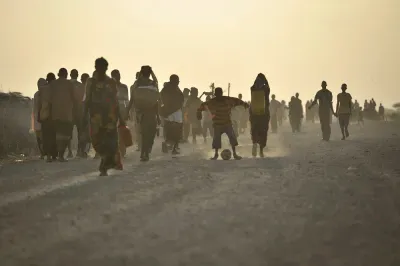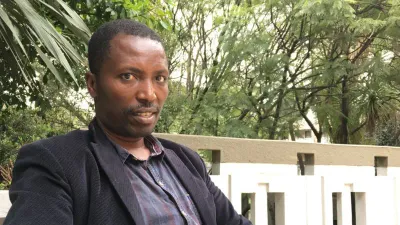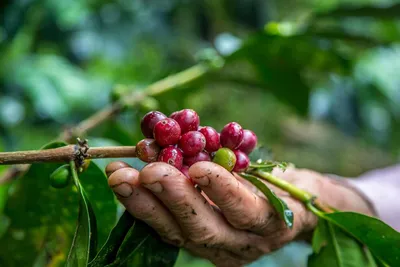A Reflection on the 72nd Post-Reform Borana Oromo Gadaa Power-Transfer
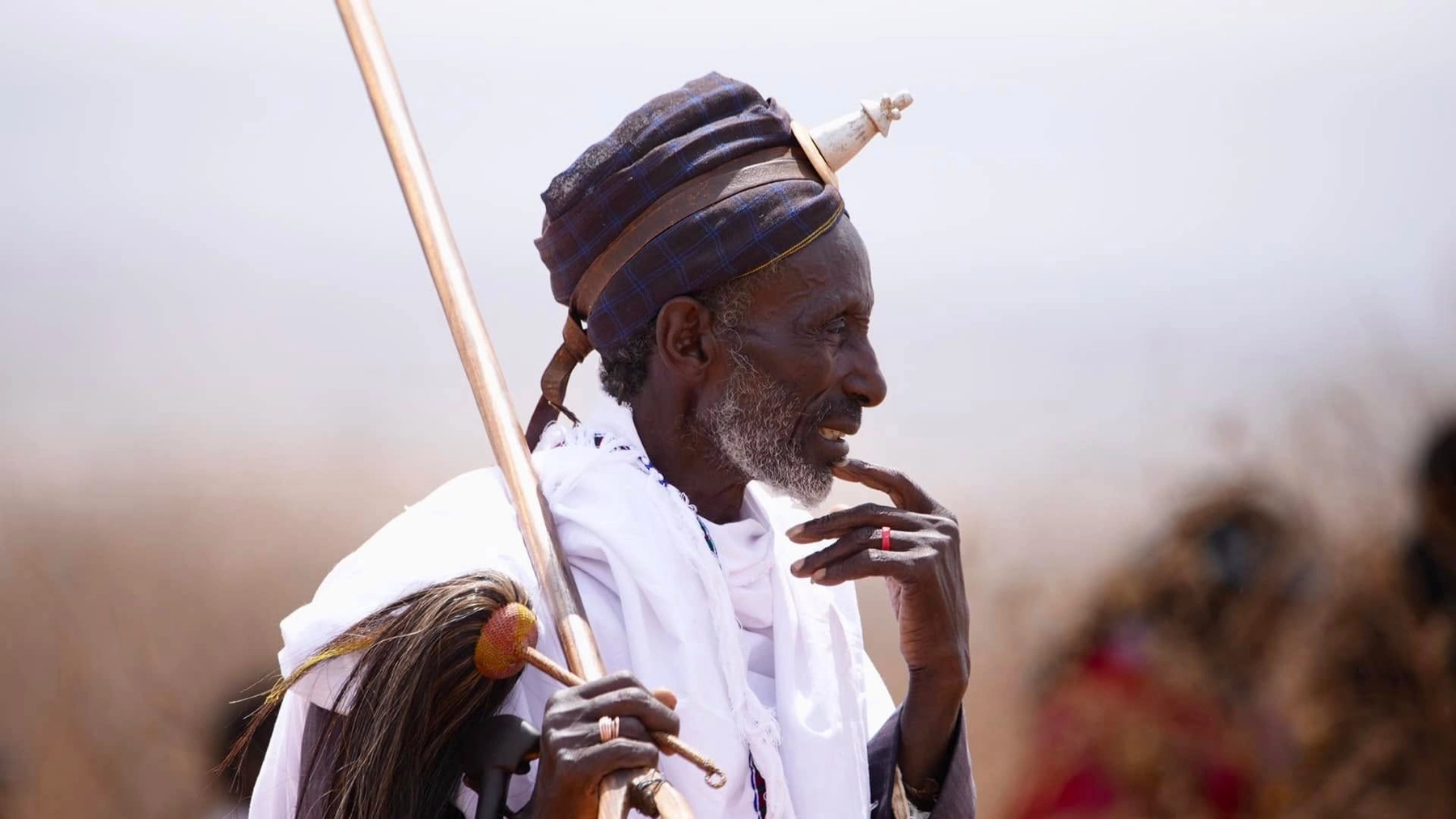
From March 4 to March 9, 2025, the Borana Oromo of southern Ethiopia and northern Kenya marked a historic milestone by electing their 72nd Abbaa Gadaa, a position comparable to a ‘president’ in the Western world. This year’s post-reform 1 The Gadaa system has undergone several reforms over the years. The current cycle began in 1456, when Gadayoo Galgaloo Yaayyaa became the first Abbaa Gadaa following a reform that reconstituted the Gadaa system at Madda Walaabuu, located in what is now the Bale Zone of Oromia. Baallii, a power-transfer ceremony the Borana have remarkably maintained for over 500 years, took place at a sacred site in Oromia, Ethiopia’s largest state.
As a PhD candidate who studies indigenous governance systems, I traveled to Arero Goro, the seat of the Borana Abbaa Gadaa, and spent five days closely observing and documenting the event. Similarly, I had the opportunity to cover the 75th Gadaa power transfer of the Gujii, another Oromo subgroup, last year. This article examines the event by relaying its historical significance and symbolism and argues for revitalizing the Gadaa for modern application.
Historical Significance
Gadaa is an ancient and indigenous socio-political system that has long been a cornerstone of governance, social organization, and cultural identity for the Oromo people. 2 Legesse, A. (2000). Oromo Democracy: An Indigenous African Political System. Lawrenceville, NJ: The Red Sea Press. Predating many globally recognized governance systems, Gadaa has shown remarkable resilience, adapting to changing socio-political landscapes while preserving its core principles. A testament to this enduring legacy is the 72nd ‘Baallii,’ or power transfer ceremony, which took place this year at Ardaa Jilaa Badhaasa, a sacred site in Areero Goro, East Borana Zone, Oromia. The event marked the leadership transition from Abbaa Gadaa Kura Jarso Kura to Abbaa Gadaa Guyo Boru Guyo, reaffirming a governance system that has guided the Oromo people for centuries.

A comparative analysis of Gadaa alongside Western governance systems, particularly the United States, offers a compelling perspective on its historical depth and sophistication. The United States declared its independence in 1776, and its Constitution, drafted in 1787 and ratified in 1788, remains the longest-surviving written charter of government. George Washington, the nation’s first elected president, served from 1789 to 1797, marking the formal institutionalization of electoral governance in the United States. However, while the United States was making its initial steps, the Borana Oromo had already institutionalized the Gadaa system for centuries. By the time George Washington, America’s first president, took office, the Borana Oromo had already elected and installed their 43rd Abbaa Gadaa, Boru Mandha Boru, who governed from 1792 to 1800 following a Gadaa reform. This historical timeline highlights that while the American democratic experiment was in its infancy, the Borana Oromo had already refined and institutionalized the Gadaa system for at least 344 years. 3 Guyo Doyo (2024). Qorqortii: Gaadisa, Guddisaa fi Ijaarsa Dhalootaa.
To put this into perspective, when Christopher Columbus arrived in the Americas in 1492, the Borana Oromo had already undergone numerous transitions of Gadaa leadership. As early as 1457, 35 years before Columbus’s voyage, the Borana had already gone through the leadership of Abbaa Gadaa Gadayo Galgalo Yayya, who governed from 1457 to 1464. The uninterrupted succession of 71 Abbaa Gadaa leaders, culminating in the recent power transfer, underscores an extraordinary 568-year-old tradition of egalitarian governance—one that predates many of the world’s established governance systems. This historical perspective fundamentally challenges Eurocentric narratives that frame Western democratic traditions as the sole or primary governance model. The Gadaa, which is built on participatory democracy, accountability, and peaceful power transitions, has functioned as a structured and egalitarian governance model for over five centuries.
The Ritual and Symbolism of the Power-Transfer Ceremony
The “Baallii,” a cornerstone of Gadaa governance, signifies the peaceful and legitimate transition of power from one Abbaa Gadaa to the next. In the current cycle, the 71st Abbaa Gadaa, Kura Jarso Kura, handed over power to Abbaa Gadaa Guyo Boru Guyo (the 72nd) in a ceremony marked by deep spiritual reverence, cultural traditions, and communal participation. This event was not merely a traditional political handover but a reaffirmation of the principles of leadership, integrity, and continuity that anchor the Gadaa system.
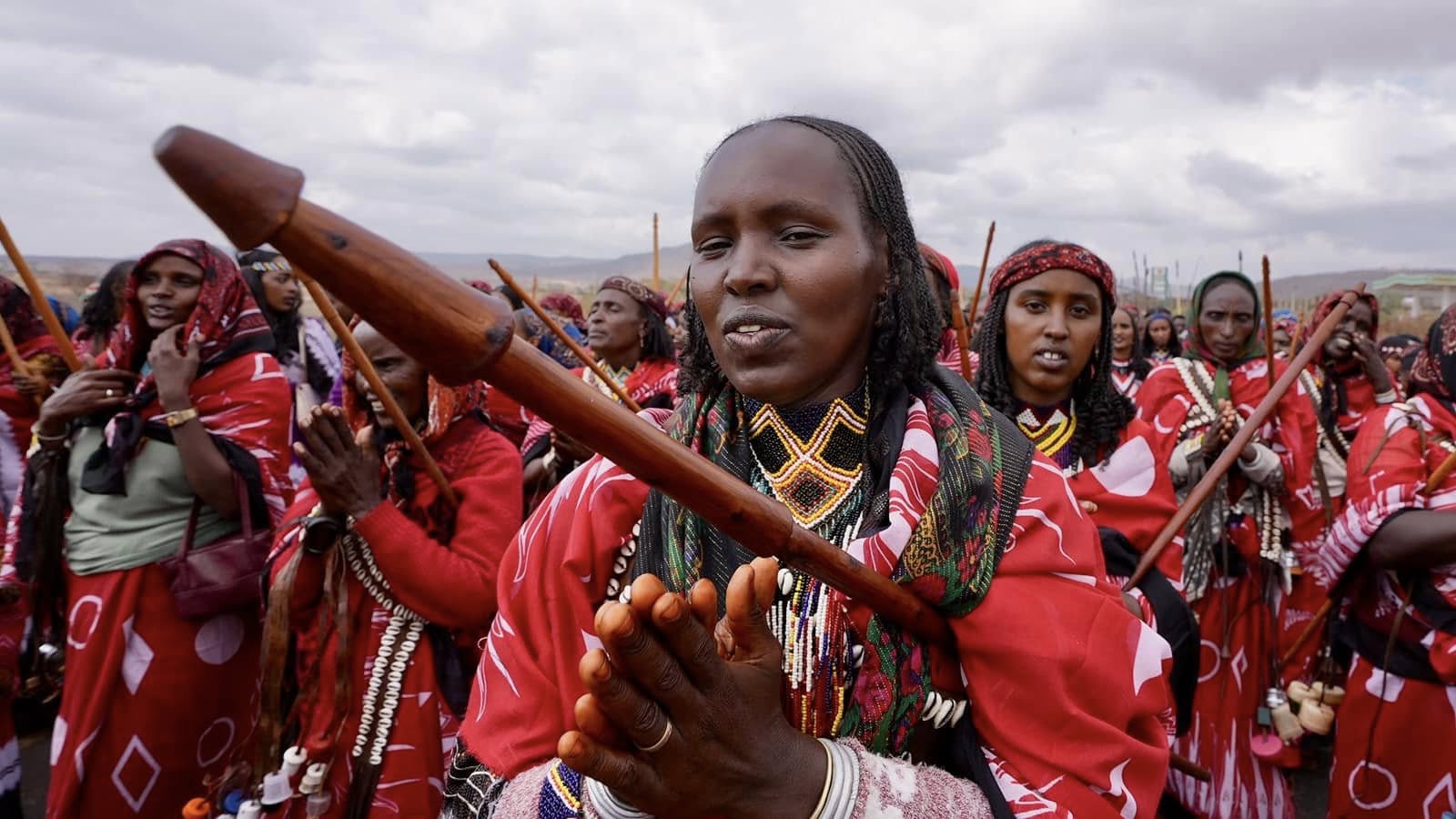
As the Oromo saying goes, “Manni utubaa malee hin dhaabbatu.” It roughly translates to “A house without pillars cannot stand,” symbolizing that a society without its traditions will collapse. The Baallii is one such pillar. The event included men, women, elders, youth, and dignitaries from Ethiopia and Kenya, government officials, and academics emphasizing the Oromo yearning for legitimate governance.
The Unique Nature of the Gadaa System
Unlike Western systems, which are often polarized and driven by short-term political interests, Gadaa operates on eight-year cycles, fostering long-term stability and institutional continuity. 4 Jalata, A. (2012). Oromo Nationalism and the Gadaa System: The Politics of Liberation in a Colonial Context. Red Sea Press. Leadership, exemplified by the Abbaa Gadaa, is selected 21 years in advance and is grounded in rigorous training and mentorship, ensuring ethical governance. For instance, the future 73rd and 74th Borana Abbaa Gadaa leaders are already known, making the system highly predictable and stable. The system’s highly organized structure promotes shared power and institutional checks and balances, preventing centralized authority by emphasizing consensus-building, restorative justice, and environmental stewardship.
The Borana Baallii Transfer and Blessings
The transfer of the Baallii (symbol of authority) takes place during the nighttime of the eve of the Jila Baallii ceremony, which was held between March 4-9, 2025. This transfer is carried out in secrecy, known only to those who bestow and receive the Baallii. One of the most important lessons for the world community to learn from the Gadaa system is how leadership transitions occur peacefully, in contrast to the intense political rivalries, wars, and power struggles often seen in global politics. As Gadaa elders emphasize in their speeches, leadership is transferred every eight years not through armed conflicts, political conspiracies, or violent power struggles, but rather through peaceful manners rooted in deeply-held moral values. During the Baalii transfer, the outgoing and incoming leaders bless each other with the following expressions:
The outgoing Abbaa Gadaa says, “Hoo baallii nagayaa, kan hormaata, kan bultumaa! (Take the Baalii of peace, fertility, and prosperity!)
The incoming Abbaa Gadaa responds, “Kenni baallii nagayaa, kan hormaata, kan bultumaa!” (Grant me the Baalii of peace, fertility, and prosperity!)
Additional blessings include:
“Gadooma na dabri ykn na caali!” (May you surpass me in leadership and wisdom!)
“Qaroomaan na caali!” (May you exceed me in knowledge and wisdom!)
“Hormaataan na dabri!” (May you surpass me in fertility and growth!)
Waan dansaa cufaan na dabri!” (May all good things surpass me and come to you!)
“Bultuma lubbuu waliin bula! “(May you rule with long life and prosperity!)
“Barri Gadaa kee kan roobaa, kan quufaa, kan hormaata, kan nagayaa siif haa ta’u!” (May your Gadaa era be one of rain, abundance, fertility, and peace!)
The blessings exchanged during the ceremony are not mere symbolism but are affirmed by observable signs.
In Gadaa, the relationship between the Abbaa Gadaa and spiritual leaders (Qaallu) is deeply rooted in a sacred connection with Waaqa (God). The Abbaa Gadaa, like his predecessors, is believed to be divinely guided, with his leadership ordained by Waaqa through the Qaalluu.
A profound demonstration of this spiritual bond occurs during the Baallii transfer ceremony. On this occasion, after months of drought, rain miraculously poured down, seen as a powerful symbol of divine blessing. This extraordinary event was seen as a divine affirmation that the new Abbaa Gadaa’s leadership would usher in prosperity, peace, and abundance. With deep reverence, the elders declared that his term would be one of fulfillment, growth, and harmony —“Gadaan kee rooba, quufaaf gabinaan jedhaniin!”
Preserving the Legacy and Strengthening the Future
The 72nd Borana Oromo Baallii transfer reaffirms the enduring strength of the Gadaa system despite historical adversities and contemporary challenges. To ensure its continued relevance, strengthening the institutional autonomy of the Gadaa system, enhancing infrastructural support, promoting inter-community dialogue, and integrating Gadaa education into formal curricula starting from KG are essential steps forward.
Through the Gada, the Oromo must continue to fulfill their mission of cultural preservation and democratic governance, demonstrating resilience and commitment to their heritage. Documenting and reflecting on such transitions will contribute to a broader discourse on indigenous governance models and their relevance in contemporary socio-political structures.
Revitalizing the Gadaa System
As part of the ceremony, Borana University hosted a panel bringing together scholars, Gadaa leaders, and policymakers to discuss the historical trajectory and resilience of the Gadaa system. The discussion examined Gadaa’s endurance despite centuries of political oppression, from the reign of Menelik II through the regimes of Haile Selassie I, the Derg, and the EPRDF government.
The panel also discussed contemporary challenges facing the Gadaa system, including globalization, religious influences, and ‘modernization.’ Key themes included the need for institutional autonomy for Gadaa governance in modern Ethiopia, its role in fostering inter-ethnic coexistence and peacebuilding within the federal system, and strategies for integrating Gadaa principles into formal education from early childhood.
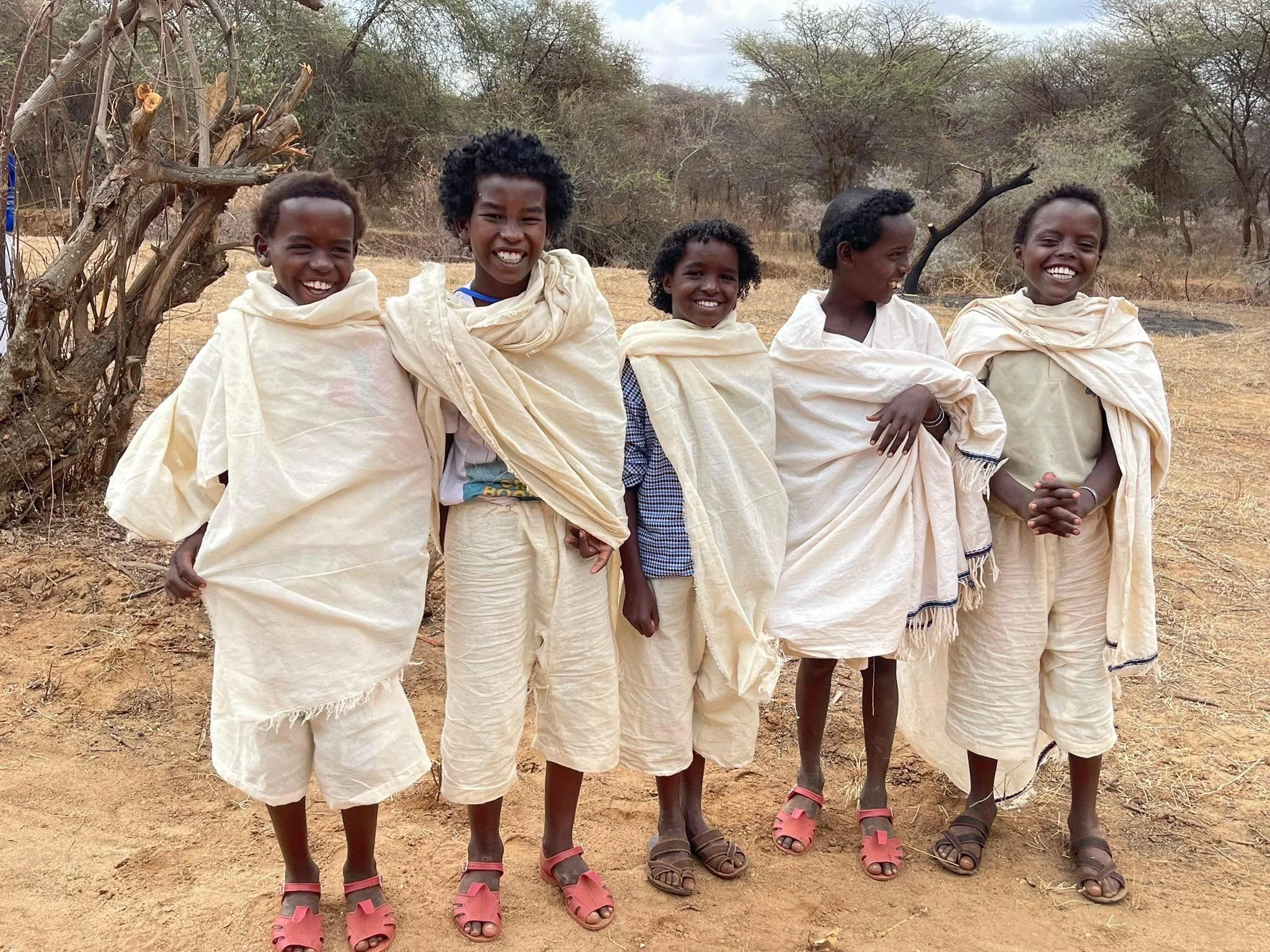
Additionally, participants emphasized the importance of preserving cultural heritage sites, including but not limited to the sacred site of Ardaa Jilaa Badhaasa, and tackling pressing socio-economic issues in Borana, such as the lack of road and telecommunication infrastructure and water scarcity.
While the Ethiopian constitution guarantees the right to develop, use, and promote one’s own culture, including governance systems like Gadaa, its practical implementation within governance structures remains limited, despite some positive changes. Hence, further and urgent legal and policy reforms are needed to grant Gadaa formal institutional autonomy and allocate the necessary resources for its effective functioning.
Strategic efforts to preserve and promote Gadaa values in contemporary settings are imperative. Ensuring that younger generations understand, value, and uphold Gadaa principles requires systematic education and cultural reinforcement. Without intentional and structured mechanisms for knowledge transfer, this rich indigenous governance system remains at risk.
Footnotes
We need your support
We trust you found something of value in this article. If so, we kindly ask you to consider helping Curate Oromia continue its work.
If you believe in the importance of independent voices and honest reporting, we invite you to support our efforts through our GoFundMe campaign.
Every contribution, however small, goes directly to our writers and the expansion of our reach.
Thank you for your support.

